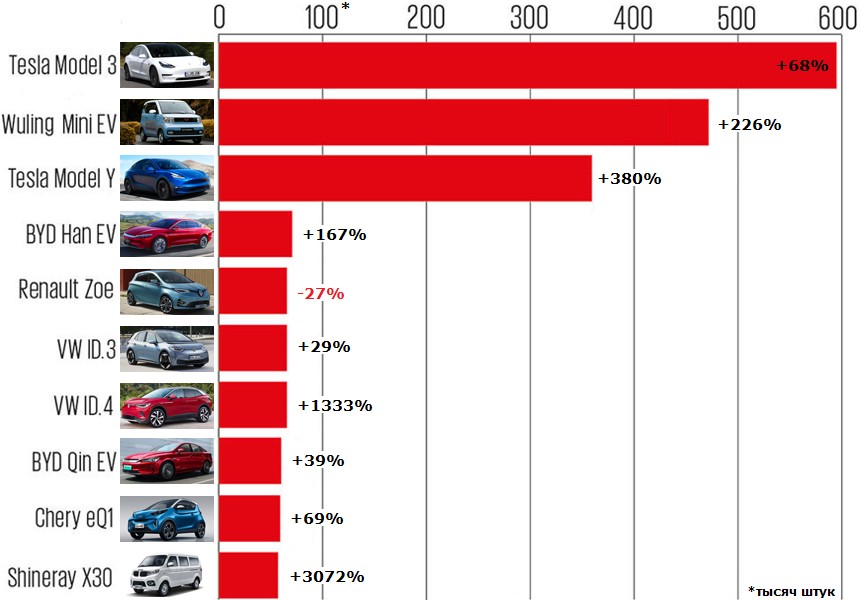
What are the rules for a car pool in Idaho?
Content
Idaho is a beautiful rural state, so its scenic driveways are far more famous than its freeways. However, as with all states, freeways are responsible for getting large numbers of Idaho citizens to and from work, running errands, and performing other duties. Some of these highways have lanes that help drivers get to where they are going faster.
Car pool lanes are freeway lanes for vehicles with multiple passengers. Cars containing only one passenger cannot drive in car pool lanes. Because of this, car lanes almost always move at standard high motorway speeds, even during morning and afternoon rush hours. These lanes also encourage employees to use car sharing, which helps keep cars on the road. Fewer cars on the road means a better traffic situation for everyone (both in and out of the lane), and reduces carbon emissions and road damage (the latter of which helps reduce the amount of money taxpayers have to fork out on the road). repair). As a result, the lane for highways is one of the most important traffic rules in Idaho.
Using car pool lanes can save you time and money if you always follow the laws. The car pool rules and regulations are simple and easy to follow, so this shouldn't be a problem.
Where are the car parking lanes?
Currently in Idaho, car park lanes are scattered in slightly unconventional locations. The state legislature has banned car pool lanes in counties with a population of 25,000 or more. As a result, you will only find parking lanes in relatively outlying areas of the state where they serve fewer purposes as traffic is not an issue. Proposals to repeal this law were rejected as early as 2014.
However, where permitted by law, you will find car parking lanes on most high traffic highways. The car lane will always be the farthest left lane on the freeway adjacent to either the barrier or oncoming traffic.
Automotive pool lanes are marked with highway signs that are either to the left of the lane or above it. These signs will indicate that the lane is either a car park or HOV (High Occupancy Vehicle) or may simply have a diamond symbol. The diamond symbol is also painted on the road itself to let you know when you are in a traffic lane.
What are the basic rules of the road?
To qualify for an autopool lane in Idaho, your vehicle must have at least two people (including the driver). However, it doesn't matter who the two people are. While car sharing lanes are being added on highways to encourage car sharing and help those commuting, there are no restrictions on who is in the car. If you are taking your child to soccer practice, you may legally be in the parking lot.
Most Idaho parking lanes are open 24 hours a day, seven days a week. However, there are a few places where lanes are only open during rush hour. Be sure to always watch the lane signs to see if it's a permanent lane or a rush hour lane. If the car pool lane is only open during rush hours, it is open to all cars at other times.
What vehicles are allowed in the car park lanes?
While car pool lanes are primarily for vehicles with two or more passengers, motorcycles with one passenger are also permitted. This is because motorcycles can maintain a high car pool speed while taking up little space, and are safer in the fast lane than in stop-and-go traffic. While some states allow alternative fuel vehicles to operate in a one-passenger car park lane, Idaho does not. However, alternative fuel car incentives are becoming more and more popular, so keep an eye on them as this rule may change soon.
Not all vehicles with two passengers are allowed to use the car park lanes. If the vehicle you are driving cannot safely or legally travel at high speeds on a motorway, it cannot be in a shared car park lane. Examples of such vehicles are tractors, trucks with large objects in tow, and motorcycles with trailers.
Ambulances and city buses are exempt from Idaho traffic regulations.
What are the lane violation penalties?
If you drive through a car park lane alone, you may be stopped and fined. The cost of a ticket depends on which county you are in and whether you are a repeat offender, but usually it is between $100 and $200. If you have consistently violated traffic rules, the fine is likely to be higher and your license may be revoked.
If you try to fool a police or highway patrol by placing a dummy, dummy or figurine in the passenger seat as a second "passenger", you will receive a much larger fine and potentially even go to jail.
While Idaho's current fleet lanes help many drivers on a daily basis, they would be much more successful if they expanded into urban areas. Car pool lanes encourage sharing of cars and relief workers, so we hope the state can review its car pool rules in the near future.
